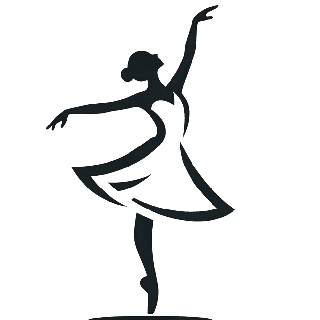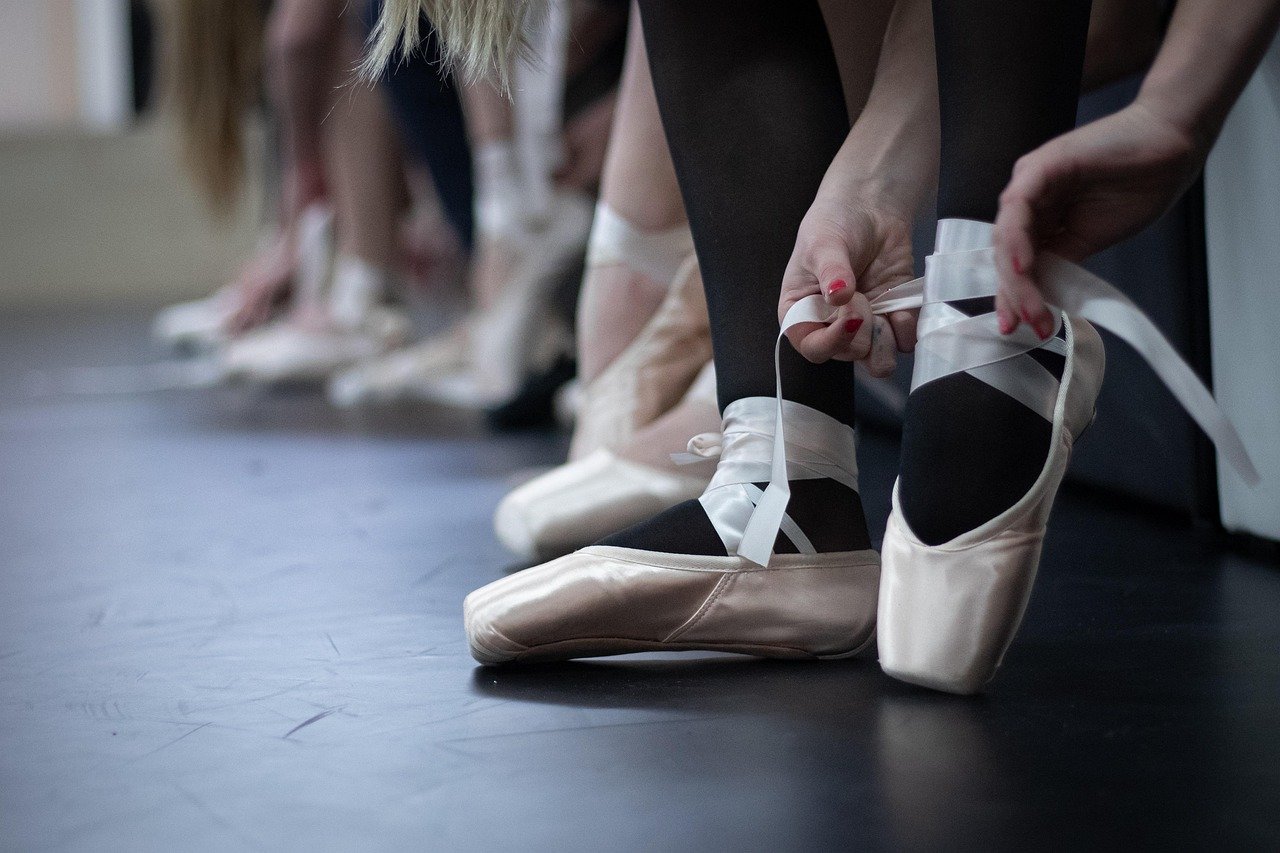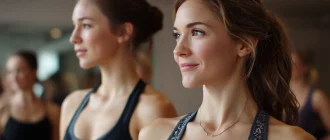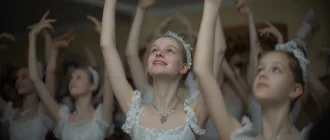Ballet is often seen as an art form reserved for the young, slim, and professionally trained. Whether you’re exploring new hobbies, broadening your worldview through travel, or even navigating dating international women, you might assume ballet exists in a space far removed from your life. This narrow image, built on old standards, convinces many that they don’t belong. However, ballet doesn’t require a specific age, background, or body type. It offers benefits beyond aesthetics, including increased confidence, enhanced strength, and greater self-expression.
The Origins of Ballet Stereotypes
Ballet has long been associated with exclusivity, rooted in its origins in royal courts and elite institutions. Originally, it was a symbol of wealth and status, primarily practiced by the aristocracy. As ballet evolved into a professional art form, specific physical standards emerged. They emphasized long limbs and a delicate frame as the ideal for both dancers and audiences. This narrow image of the “ballet body” left little room for those who didn’t meet these expectations.
Additionally, ballet was seen as requiring years of early training. This reinforced the idea that those who didn’t start young had missed their opportunity. Dance schools upheld these standards and reinforced the belief that this art form was for a select few. Recently, these stereotypes have been challenged, leading to a more inclusive approach.
It’s Never Too Late to Start Ballet
If you didn’t take ballet as a child, the idea of joining a class now might seem intimidating. You might worry that it’s too late or that you’ll be out of place among more experienced dancers. The reality is that adult ballet is not only growing in popularity, but it is also thriving. Studios around the world are creating space for adult beginners. They offer classes that focus on enjoyment, fitness, and personal progress rather than professional outcomes.
Starting dancing as an adult allows you to experience movement in a new way. You don’t have to perform for anyone. You don’t need to meet someone else’s standard. You can show up, learn at your own pace, and find joy in discovering what your body can do.
Benefits of Ballet for All Ages
Ballet is more than an art form; it’s also a comprehensive physical workout. It improves posture, strengthens core muscles, builds coordination, and enhances balance. For older adults, these benefits become even more important. This type of dancing provides structure and control without the impact of high-intensity workouts. It’s gentle on the joints but powerful in its effects.
Beyond the physical, ballet supports mental clarity. Memorizing sequences and focusing on technique sharpens the mind. Following movement through music offers a calming, meditative quality. This art form also fosters emotional well-being by encouraging presence and connection with your own body. No matter your age, these are gifts worth receiving.
Everybody Can Dance: Shattering the Body Myth
The stereotype of the “ballet body” has lingered for far too long and has influenced who feels welcome in a dance class. But dance is movement, not a shape. Ballet is not the property of any particular size or form. It’s a language of the body, and every body speaks it differently.
Today, you can find dancers of all shapes and sizes taking center stage, posting online, and filling studios. They bring with them a powerful message: beauty doesn’t depend on how you look — it depends on how you move, how you express, and how you feel.
Studios are beginning to reflect this shift. Inclusive dance programs are expanding. Marketing is changing. Some schools openly reject body-based criteria for enrollment and focus instead on ability, interest, and joy. If you have a body and a desire to move, ballet can be yours. Your body is not a barrier; it’s your instrument.
Mental and Emotional Barriers
Overcoming Self-Doubt and Social Expectations
For many adults considering this type of artistic dancing, the first obstacle isn’t physical — it’s mental. You might question whether you belong in a studio, surrounded by mirrors and people who seem to know what they’re doing. You might hear an inner voice saying it’s too late or that you don’t look the part. These thoughts don’t reflect reality; they reflect conditioning.
Overcoming doubt takes courage. Shift your focus: ballet is for exploration, learning, and expression, not judgment. Your reasons are valid, and your presence matters. Dance spaces that welcome adult beginners understand this and aim to create a non-judgmental environment where you can grow.
Building Confidence Through Movement
Confidence doesn’t appear overnight, but it builds steadily through consistent effort. Ballet provides you with tools to strengthen both your body and your mindset. Learning to master a plié or a tendu gives you small victories that compound over time. You begin to stand taller — not just because of posture, but because you start to believe in yourself.
The studio becomes a place of transformation, where mistakes are part of the learning process and progress feels tangible. Your body shifts from a challenge to an ally, and that confidence extends into your everyday life.
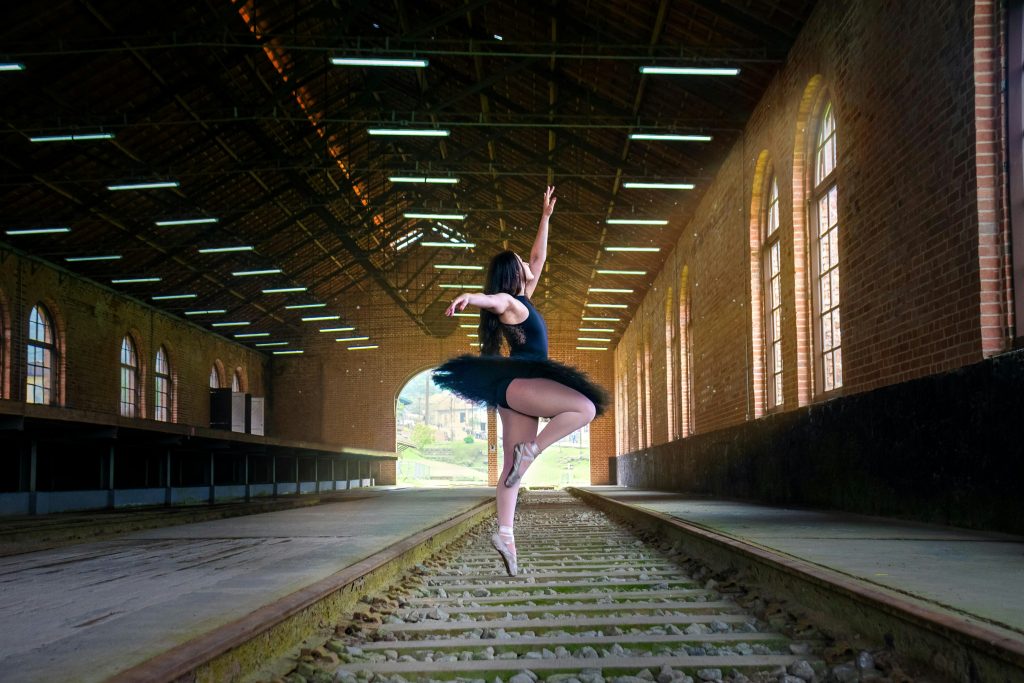
Dancers Who Defied the Norms
Ballet’s traditional gatekeepers have started to lose their hold, thanks in large part to dancers who refused to stay on the margins. Their stories offer proof that passion and perseverance matter more than age or appearance.
- Misty Copeland: One of the most recognized names in modern ballet, Misty didn’t begin training until the age of 13 — a late start by industry standards. Despite this, she became the first Black principal dancer at American Ballet Theatre and broke both racial expectations and the idea that it’s too late to start.
- Barbara Peters: A British dancer, Barbara resumed this type of dance in her 80s and became one of the oldest people to pass a recognized exam. Her story is a testament to what commitment and joy can achieve, regardless of age.
- Lizzy Howell: A dancer with a larger frame, Lizzy gained visibility through social media. Her technical skill and dedication challenged outdated ideas about who can — and should — dance ballet.
These dancers aren’t exceptions to the rule. They are signs that the laws themselves are changing. Their journeys highlight something simple but profound: ballet is not reserved for the few. It belongs to everyone willing to step onto the floor and give it a try.
